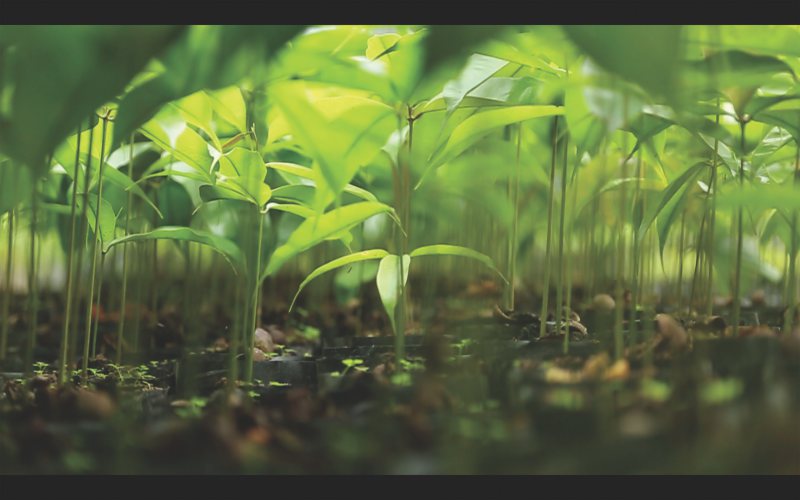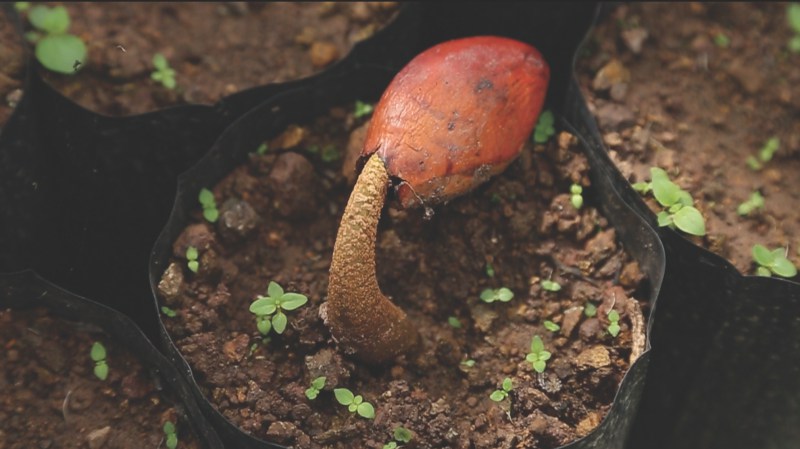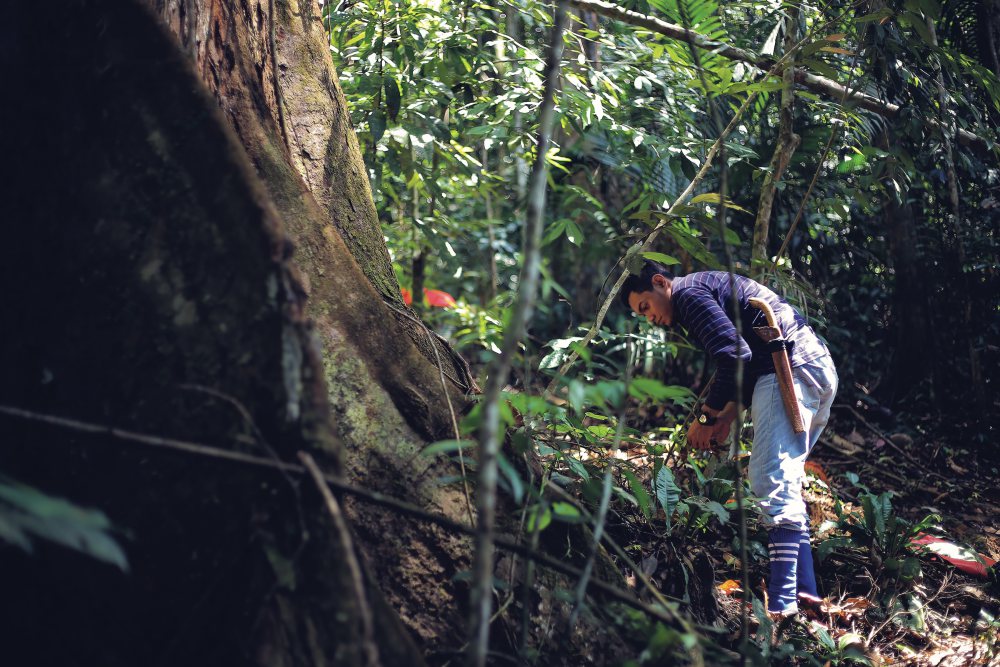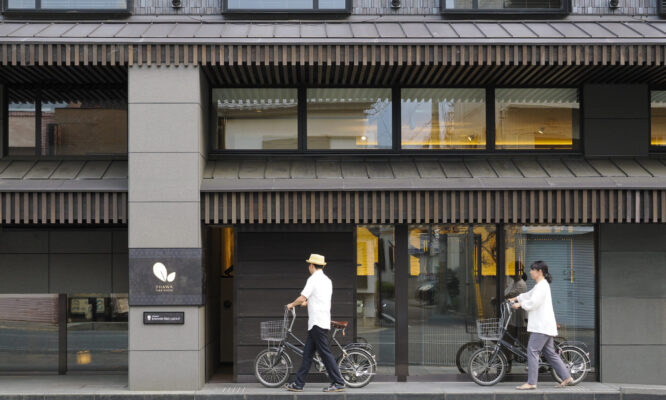Building living collections to conserve endangered species of rainforest trees.

How do you plant a rainforest? Like any other garden. Begin with a nursery to nurture baby trees, then send them out into the wild when they are ready. But of course, it isn’t that simple. Seeds of wild trees don’t come in neat packets from the store, and trees grow very tall. Dainty spindly saplings can shoot up to two metres in just two years.
The Tropical Rainforest Conservation and Research Centre (TRCRC) has been fine-tuning this craft since 2012, when it was set up as a non-governmental organisation to work on ideas for conserving rainforests in Malaysia. Planting rainforests is part of its efforts to save endangered wild tree species, some of which are sliding towards extinction.
RFP.InFeed.Default.run({“immediately”:true})

“Our focus is conservation,” said its Executive Director Dr Dzaeman Dzulkifli. To do this, it has established ‘Tropical Living Collections’ of rainforest trees to preserve rare and precious trees from Malaysia’s rainforests. Two Living Collections have been built in Perak and Sabah, and it is now exploring similar collections in four other states.
Over 100 million years old, Malaysia’s rainforests are some of the world’s oldest and most diverse places. In just one hectare, there can be as many as 400 tree species and up to 3,000 individual trees. And that’s not counting the smaller plants and shrubs.
But the jungles are also under threat from deforestation for commercial and other purposes, particularly the iconic Dipterocarp species or tropical hardwoods. The Meranti, Serayan and Cengal are some, to use their common Malaysian names. These trees have high commercial value but an even greater value for their role in generating an ecosystem for smaller flora and fauna.

Growing very slowly, they begin flowering only after the 20th year, and then only once every five to seven years. They live up to 600-700 years and can reach around 90 metres tall. The world’s tallest tropical tree found in Sabah measures at 100 metres. They are truly the giants of the rainforest.
“The biggest threats to them are fragmentation of the forests and over-exploitation,” said Dr Dzaeman. A number of these iconic trees are already on the Red List of the International Union for Conservation of Nature as being threatened or endangered.
The Tropical Living Collections aim to bring these species into protective care, to keep them alive and thriving, and to eventually repopulate the wild in forest reserves and degraded jungles. They are kept in lush nurseries as living plants, near the reserves where the parent trees are found.

One might wonder if it would be easier to store seeds rather than trees, but tropical trees don’t lend themselves well to being conserved in the form of seeds. “The majority of our species don’t go into a dormant period, so we need to save them as living collections,” said Dr Dzaeman.
The first step in building a Living Collection is to identify the species, based on the IUCN Red List and local lists. The TRCRC’s ground team, or G-Team as they are called, goes out into the forests to select suitable trees for seed collection and mark them. Their exact location is recorded. Then the team waits and watches.
It can be a long wait of up to seven years for the trees to flower. When they do, they tend to do so all at once. When the mass flowering takes place, the entire team along with Dr Dzaeman swing into action to collect seeds from the selected trees.
Collecting seeds isn’t as easy as picking them off the ground. It’s quite an operation, requiring a lot of creativity and energy. The trees are shaken with ropes tied to the branches towering high above, to get the distinctively shaped flowers to drift to the ground for collection.

The seeds are germinated in a nursery, in a precise formation. Not more than 30 seeds from one parent tree are planted to ensure that diversity is maintained, and the sibling saplings are kept together. This ensures that the team knows exactly where these saplings came from.
As the baby plants begin shooting up, some are moved to shaded areas to slow their growth, while some are left in the sun to give them a full taste of life in the wild as they are prepared to be replanted in the forest. The trees are replanted where they came from, with not too many sibling trees, to mimic natural conditions.
If seed collection is hard work, replanting is even more so. Each sapling must be carried carefully through the forest to the spot chosen for it. Imagine walking four to five kilometres in a rainforest with a tree strapped to your back!

After planting, the sapling, which had been ‘hardened’ in the nursery, is left alone to grow. It will face plenty of challenges out there – a sudden turn of the weather, for wet or dry, may threaten its survival. Its carers come back regularly to clear the vines that may strangle it, doing that for no less than two years, but there’s little they can do about the weather.
So far, TRCRC has collected 56,000 seeds from 72 species, 43 of which are on the Red List. Over 50,000 seedlings are being nurtured in the nurseries, and about 7,000 have been planted, including saplings grown by state forestry departments. Its focus is on building the collection, particularly for species like the Keruing Jarang in Sabah, where only 10 individual trees remain in the wild.
Saving the giants of the rainforests is undoubtedly a long and arduous job, with no guarantees. But Dr Dzaeman’s passion tells him that it can be done. So, how do you plant a rainforest? With plenty of passion, loads of hard work, and a lot of hope.
**Photography courtesy of Tropical Rainforest Conservation and Research Centre









